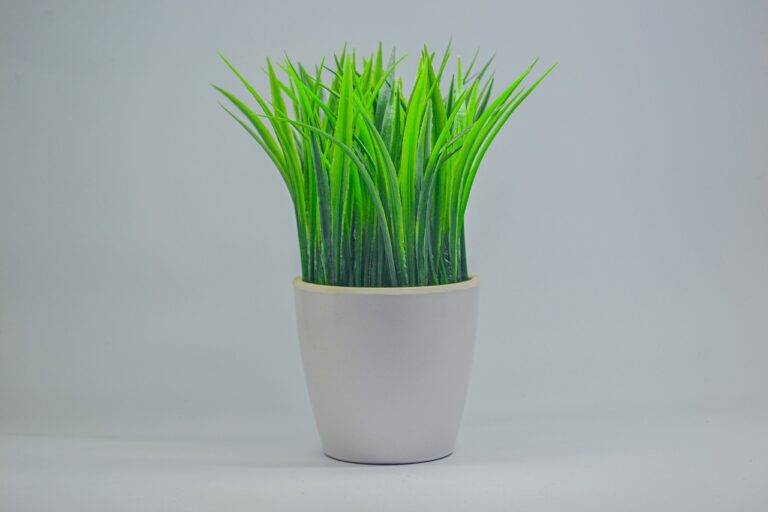Designing a Home Aquaponics System: Growing Food and Fish Together
Aquaponics systems offer a sustainable method of food production that combines aquaculture and hydroponics. By harnessing the natural synergy between fish and plants, this innovative system reduces the need for synthetic fertilizers and chemicals. The result is a self-sustaining ecosystem that yields fresh produce and fish in a more environmentally friendly way.
One of the key benefits of aquaponics systems is their efficiency in water usage. Unlike traditional farming methods, aquaponics recirculates water, requiring only a fraction of the amount used in conventional agriculture. This not only conserves water but also minimizes the risk of nutrient runoff and pollution. Additionally, the ability to grow vegetables and fish simultaneously in a compact space makes aquaponics systems ideal for urban settings and small-scale farming operations.
How Aquaponics Works
Aquaponics is a sustainable agricultural method that combines aquaculture and hydroponics. In this system, fish are raised in tanks, and their waste provides nutrients for plants grown in water. The fish waste, rich in ammonia, is converted by beneficial bacteria into nitrates, which serve as food for the plants. This symbiotic relationship creates a closed-loop system where both plants and fish thrive.
The plants, in turn, filter the water, which is then returned to the fish tanks clean and oxygenated. This continuous cycle results in minimal water usage compared to traditional farming methods. Aquaponics eliminates the need for synthetic fertilizers and chemicals while maximizing space efficiency. This environmentally friendly approach to food production is gaining popularity as it offers a sustainable solution to grow both fish and vegetables simultaneously.
What are the benefits of aquaponics systems?
Aquaponics systems are sustainable and environmentally friendly, use less water than traditional farming methods, and can produce both plants and fish in a single system.
How does aquaponics work?
Aquaponics combines aquaculture (raising fish) and hydroponics (growing plants without soil) in a symbiotic system. Fish waste provides nutrients for the plants, and the plants filter the water for the fish.
What types of plants can be grown in an aquaponics system?
A wide variety of plants can be grown in an aquaponics system, including herbs, leafy greens, tomatoes, cucumbers, and peppers.
What types of fish are commonly used in aquaponics systems?
Tilapia, trout, and catfish are some of the most commonly used fish in aquaponics systems, but other species like koi and goldfish can also be used.
How much maintenance do aquaponics systems require?
Aquaponics systems require regular monitoring of water quality, feeding the fish, and harvesting the plants, but overall they require less maintenance than traditional farming methods.





